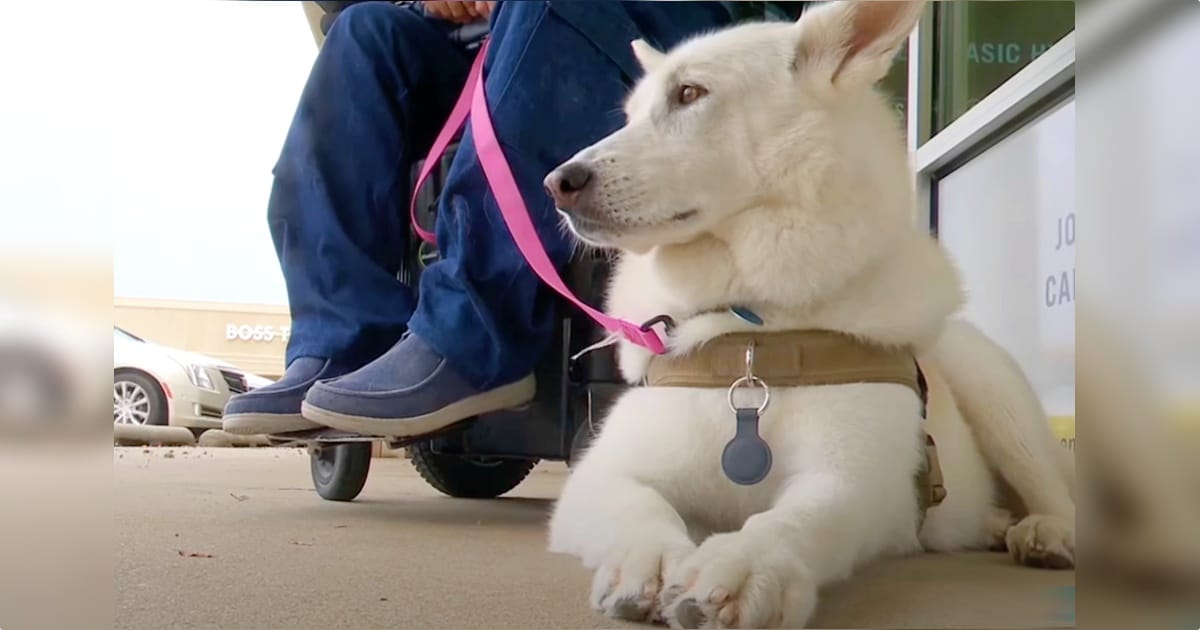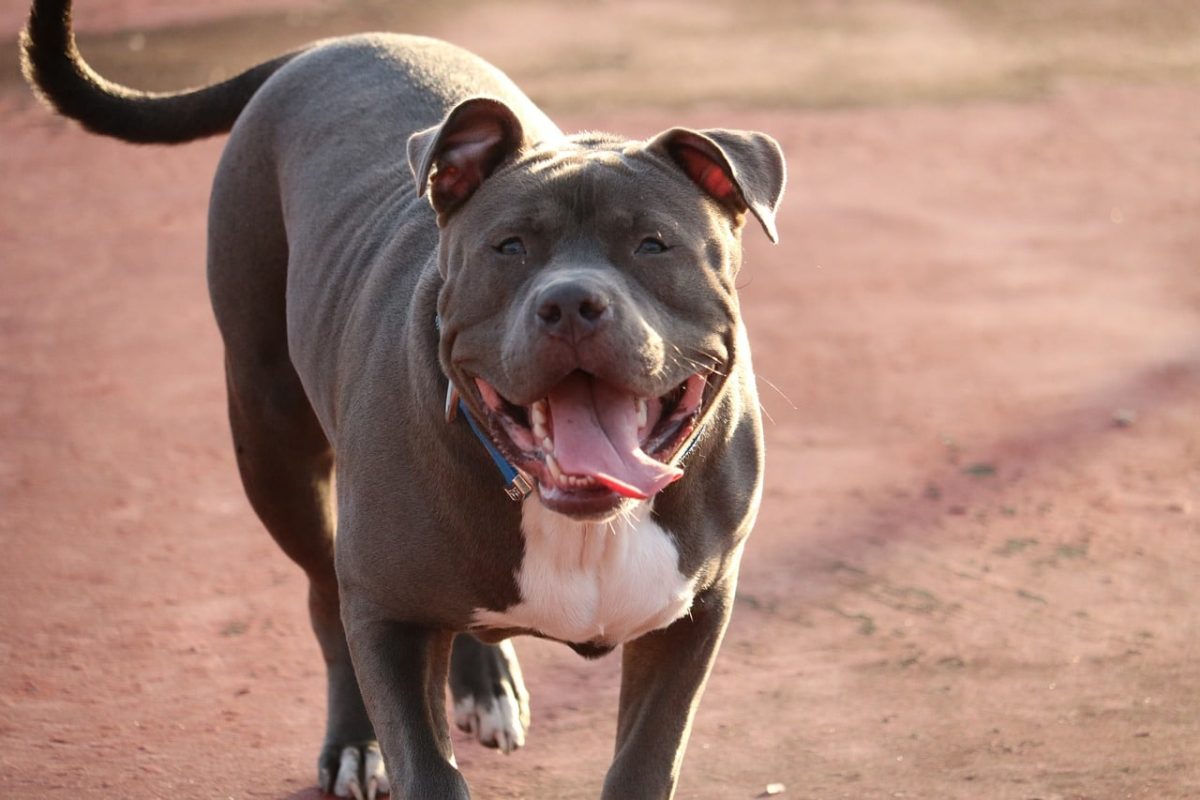Have you ever wondered, “Can dogs eat whipped cream?” Maybe you’ve noticed those cute “pup cups” at coffee shops, or you’ve been tempted to share a little whipped topping from your dessert with your furry friend. It’s natural to want to treat your dog to something special, especially when they’re giving you those big, hopeful eyes! But before you offer them a dollop, it’s important to understand how whipped cream might affect your dog’s health. While a small taste may not seem harmful, certain ingredients in whipped cream could pose potential risks. Let’s dive into everything you need to know about whether whipped cream is safe for dogs and the best way to keep them happy and healthy.
Can Dogs Eat Whipped Cream?
Yes, dogs can eat whipped cream in small amounts, but it’s not the healthiest treat for them. Occasionally giving your dog a little taste is usually safe, but be cautious with ingredients and portion sizes.
Detailed Explanation:
Whipped cream is generally safe for most dogs in moderation, especially if it’s plain and free from harmful additives. Many dogs love the taste and might even get excited if they see you with a can or a cup of it! However, whipped cream is high in sugar and fat, which isn’t ideal for a dog’s diet, especially if they’re prone to weight gain or have a sensitive stomach.
One thing to keep in mind is that some dogs are lactose intolerant, meaning they have trouble digesting dairy. Whipped cream is made from cream, which contains lactose, so giving it to a lactose-intolerant dog could cause digestive upset like gas, diarrhea, or stomach pain. Another thing to watch out for is sugar-free whipped cream or anything with artificial sweeteners, especially xylitol. Xylitol is extremely toxic to dogs and should always be avoided.
In short, a small amount of plain, unsweetened whipped cream is generally safe as an occasional treat, but it’s best to avoid making it a regular habit. If you’re looking for a healthier option, there are other dog-safe treats that might be better for your pup’s health.
Read More: Can Dogs Eat Ice Pops? Everything You Need to Know
Potential Risks of Feeding Whipped Cream to Dogs
While whipped cream might seem like a harmless treat, it does come with some risks for dogs, especially if it’s given in large amounts or too frequently. Here are the main concerns:
- High Sugar and Fat Content: Whipped cream is loaded with sugar and fat, which can contribute to weight gain and even obesity if given regularly. Dogs don’t need added sugars in their diet, and excess fat can put a strain on their pancreas, leading to conditions like pancreatitis in severe cases.
- Lactose Intolerance: Many dogs are lactose intolerant, meaning they lack the enzyme (lactase) needed to break down lactose, a sugar found in dairy products. For lactose-intolerant dogs, whipped cream can cause stomach issues like bloating, gas, diarrhea, or vomiting.
- Artificial Sweeteners: Some whipped cream products, especially “light” or “sugar-free” versions, contain artificial sweeteners like xylitol, which is extremely toxic to dogs. Xylitol can cause a dangerous drop in blood sugar and even lead to liver failure. Always check the ingredients carefully!
- Digestive Upset: Even if your dog isn’t lactose intolerant, whipped cream can still be a little heavy on their digestive system, leading to mild symptoms like upset stomach or diarrhea, especially if they’re not used to it.
Read More: Can Dogs Eat Apricots? What You Need to Know
Health Benefits (If Any) of Whipped Cream for Dogs
Whipped cream doesn’t offer any substantial health benefits for dogs. It’s essentially an indulgent, empty-calorie treat with little nutritional value. That said, in small amounts, it’s not likely to cause harm to a healthy dog, and some dogs absolutely love the taste and texture.
The only potential “benefit” is that it can be used as a high-value reward or a special treat for dogs who don’t have weight or digestive issues. For instance, a tiny dollop of whipped cream can make an exciting reward during training sessions or a special occasion treat. Just keep in mind that it’s more about enjoyment than nutrition!
Read More: Can Dogs Eat Dill? Benefits, Risks, and Vet-Approved Tips
Ingredients to Watch Out for in Whipped Cream
If you decide to treat your dog to a bit of whipped cream, it’s crucial to look out for certain ingredients that could be harmful:
- Xylitol: This artificial sweetener is highly toxic to dogs. Even a small amount of xylitol can lead to hypoglycemia (low blood sugar), seizures, liver failure, and, in some cases, can be fatal. Always avoid any product containing xylitol if you’re sharing it with your dog.
- Excessive Sugar: Many whipped creams contain added sugars, which are unnecessary and unhealthy for dogs. Too much sugar can lead to weight gain, diabetes, and dental issues in the long term.
- Artificial Flavors and Preservatives: Some whipped creams contain artificial flavors, colors, and preservatives, which could potentially upset your dog’s stomach or lead to allergies over time. Stick to whipped creams with simple, natural ingredients if you decide to share.
- High-Fat Content: While fat isn’t inherently bad for dogs, the type of fat in whipped cream is not very healthy. Excessive fat intake can contribute to obesity and pancreatitis, a painful and potentially dangerous condition.
Read More: Can My Dog Eat Grits? Safe Treat or Risky Choice?
How Much Whipped Cream Can Dogs Have?
When it comes to whipped cream, a little goes a long way. A small dollop (about a teaspoon or two) is generally safe for most dogs as an occasional treat. Think of whipped cream as an “every-now-and-then” treat, not something to offer regularly. Here’s a guideline:
- Small Dogs: Half a teaspoon to a teaspoon at most.
- Medium Dogs: About a teaspoon to a small dollop.
- Large Dogs: A slightly bigger dollop, about a tablespoon at most.
If your dog has never had whipped cream before, start with an even smaller amount to see how they handle it. Keep an eye on them afterward for any signs of digestive upset, like gas, diarrhea, or vomiting.
Final Tip: If your dog has any health conditions, such as diabetes, obesity, or a history of pancreatitis, it’s best to avoid whipped cream altogether. There are plenty of other dog-safe treats that are lower in fat and sugar and won’t risk upsetting their digestive system.
In summary, a tiny taste of whipped cream can be a fun treat every once in a while, but it should be given sparingly and with caution. For many dogs, the risks of whipped cream (like high sugar, fat, and possible lactose intolerance) outweigh the minimal enjoyment. So, while a little taste now and then is fine, moderation is key!
Read More: Can Dogs Eat Lima Beans? A Complete Guide for Pet Owners
Can Dogs Be Lactose Intolerant?
Yes, many dogs are lactose intolerant. Just like some humans, dogs can lack sufficient levels of lactase, the enzyme needed to break down lactose (the sugar in milk). Without enough lactase, consuming dairy products can lead to digestive issues, including gas, bloating, diarrhea, and stomach cramps. Since whipped cream is made from dairy, it contains lactose, which could trigger these uncomfortable symptoms in lactose-intolerant dogs.
Not all dogs are lactose intolerant, though. Some may be able to handle small amounts of dairy without any issues. If you’re not sure about your dog’s tolerance to lactose, it’s best to start with a tiny taste and watch for signs of digestive upset. If you notice any symptoms after giving them dairy, it’s a good indicator that lactose may not agree with their stomach, and whipped cream should probably be avoided.
Alternatives to Whipped Cream for Dogs
If you’re looking for a safe and tasty treat that won’t upset your dog’s stomach or add unnecessary sugar and fat to their diet, there are several dog-friendly alternatives to whipped cream:
- Plain Greek Yogurt: A small amount of plain, unsweetened Greek yogurt can be a great substitute. It has less lactose than regular dairy products, so it’s easier to digest for many dogs. Plus, it provides some probiotics that can support digestive health.
- Coconut Whipped Cream: You can make whipped cream from coconut milk, which is dairy-free and may be easier on your dog’s stomach. Be sure to use unsweetened coconut milk and avoid adding any extra sugar or flavoring.
- Pumpkin Puree: A spoonful of plain pumpkin puree (not pumpkin pie filling) is a healthy, low-calorie treat that many dogs love. Pumpkin is also great for digestion and can be especially helpful for dogs with sensitive stomachs.
- Mashed Banana: Mash up a little bit of banana for a naturally sweet treat that’s safe for dogs. Bananas are low in fat and contain beneficial nutrients like potassium and fiber.
- Dog-Safe Peanut Butter: A small amount of dog-safe peanut butter (without xylitol) can make an exciting treat. Just be cautious with portion size, as peanut butter is high in fat.
- Dog-Specific “Pup Cups”: Some pet stores and dog-friendly cafes offer pup cups made specifically for dogs, often with dog-safe ingredients. Check with your local pet store or coffee shop to see if they have dog-friendly whipped cream options.
How to Serve Whipped Cream Safely to Dogs
If you decide to treat your dog to a bit of whipped cream, there are a few things you can do to make it as safe as possible:
- Use Plain, Unsweetened Whipped Cream: Look for whipped cream that doesn’t contain added sugars or artificial sweeteners like xylitol, which is toxic to dogs. It’s best to avoid flavored varieties as well, as they often have unnecessary additives that may upset your dog’s stomach.
- Choose Dairy-Free Alternatives if Needed: If your dog is lactose intolerant, you can opt for a non-dairy whipped cream made from coconut or almond milk (as long as it doesn’t contain xylitol or other harmful ingredients). These alternatives are generally easier on your dog’s digestive system, but still, should be given in moderation.
- Serve in Small Quantities: A little goes a long way with whipped cream. Stick to a small dollop — about a teaspoon for small dogs, a teaspoon or two for medium dogs, and no more than a tablespoon for larger dogs. This way, you’re minimizing the chances of digestive upset or unwanted weight gain.
- Make It an Occasional Treat: Whipped cream should only be a “special occasion” treat rather than a regular snack. Too much sugar and fat can add up quickly, potentially leading to weight gain and other health issues.
- Watch for Any Signs of Discomfort: After serving whipped cream, keep an eye on your dog for any signs of lactose intolerance, like gas, diarrhea, or stomach pain. If your dog shows any discomfort, it’s best to avoid giving whipped cream in the future.
Conclusion
In small amounts, whipped cream is generally safe for most dogs as an occasional treat. A little dollop now and then likely won’t harm a healthy dog, and it can be a fun way to treat your pup, especially if they enjoy the taste. However, whipped cream doesn’t offer any real health benefits and is high in sugar and fat, which aren’t great for a dog’s overall diet.
If your dog is lactose intolerant, has a sensitive stomach, or is prone to weight gain, it’s best to skip the whipped cream and choose a healthier, dog-friendly treat instead. And remember, always avoid whipped cream with artificial sweeteners like xylitol, as it can be extremely toxic to dogs.
In short, whipped cream can be a fun, occasional indulgence, but it should be given sparingly and thoughtfully. For most dogs, there are better treats out there that offer more nutritional value without the risk of digestive upset. So, if you’re looking to make your dog happy, consider other dog-safe options like fresh fruit, plain yogurt, or even a special dog treat.



















 English (US) ·
English (US) ·